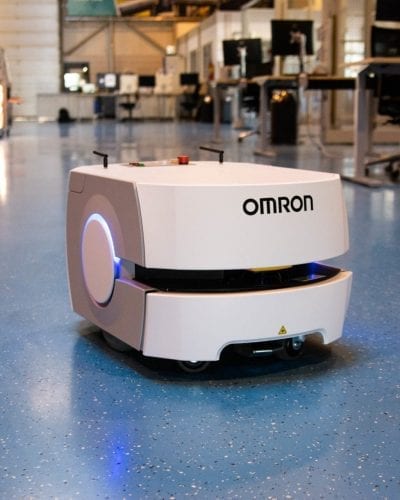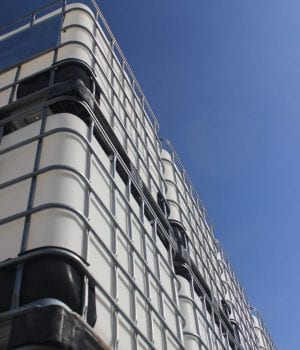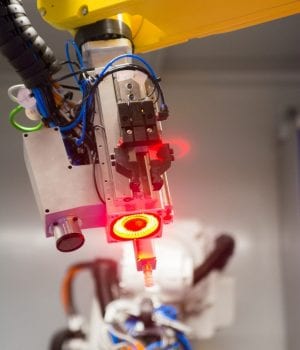Logistics Automation
Numerous distribution and production centers around the world have an increasing need for the extensive automation of the entire production process. Whereas in the past, only the production itself was automated, now the entire logistics process around it is following suit. With 30 years of experience in the automation and robotization of production processes, we now increasingly automate the adjacent logistics processes. Consider the fully automatic moving of parts, products and tools from the warehouse to the production machines and back, but also the sorting of materials.
Advantages of logistics automation
There are several considerations for automating the logistics. Consider for example quality improvement, dependence on staffing, cost reduction, safety, increasing production flexibility etc. Thanks to its wide experience with robots, cobots, Autonomous Mobile Robots (AMRs), pick and place, and techniques such as image recognition (Vision), but in particular, also the combination of these themes, AWL is able to give you proper support in your demand for system integration of your logistics processes.

Challenges
The biggest challenge in the logistics automation industry is that the current suppliers have limited experience with industrial robots. We, on the other hand, have a great deal of experience in both the automotive and metalworking industries and in having the execution of complex tasks done by industrial robots.
Last year, we carried out challenging projects in the handling of boxes and packages. In our current industries, products often have the same shape so that a mechanical gripper suffices. In the handling of logistics products, packages or products are often placed close to each other and have a large variation in shape. As a result, you often see vacuum technologies being used. AWL has investigated the possibilities of vacuum grippers for industrial robots, which are able to handle with greater stability heavier packages with an unusual shape.
The robot task is challenging in such systems due to the required speeds and flexibility, as well as integration with grippers and parent software systems. We also see a growing need for simulation in these systems. Not only the simulation of the robot and PLC programs, but also of the flow of packages to determine the exact output.
We also see that logistics equipment typically operates without operator intervention. So there is a different information need than with a welding machine, where cyclical interaction with the operator is essential. It is therefore important that you can operate the HMI intuitively, that you need no explanation and that you can quickly find the information you need.


















